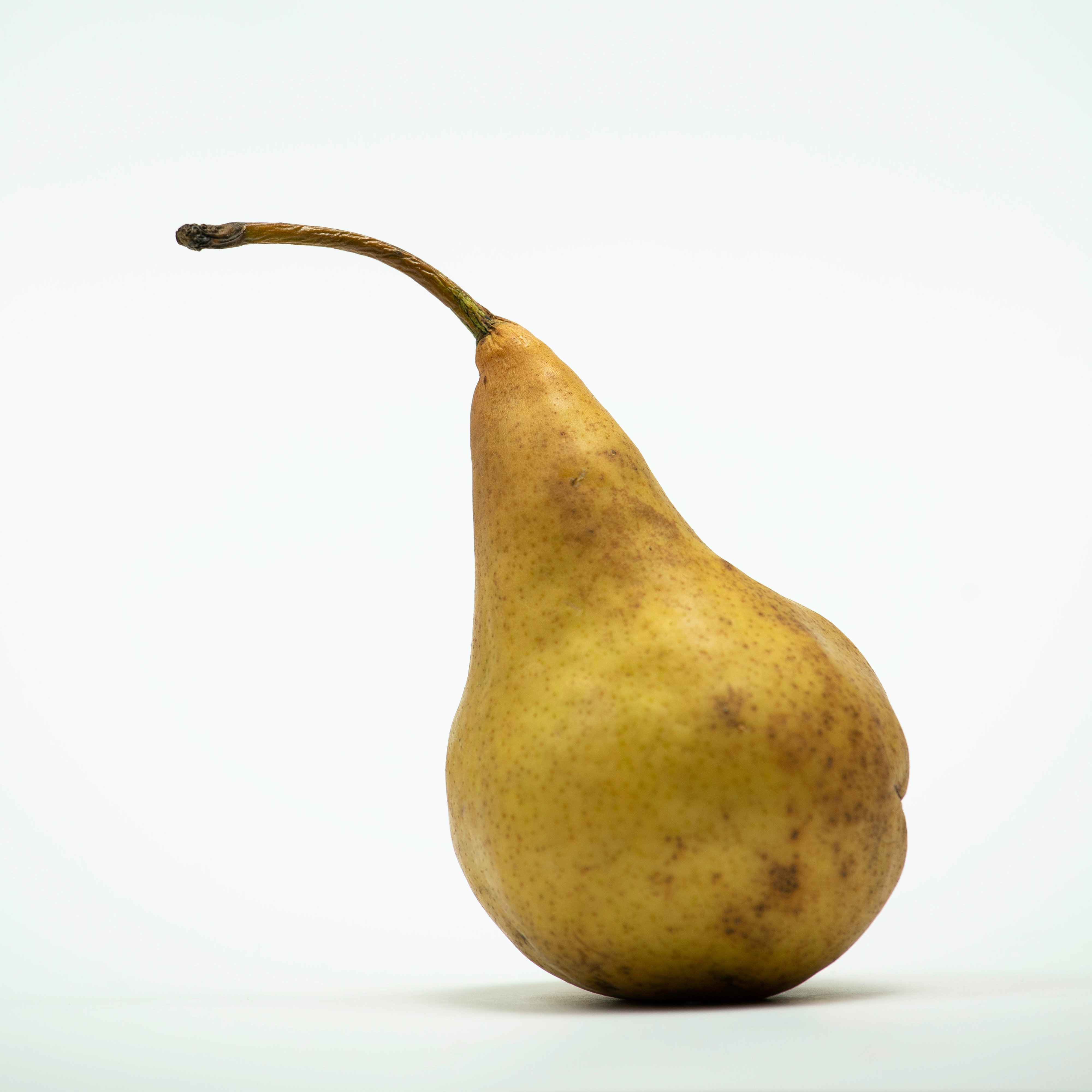Color Terms
Oct 25, 2021
Understanding what Value, Hue, Saturation, and Temperature mean related to color, will help you with your color choices in your drawings. You don’t have to remember all the terms right away, read the definitions and refer to them whenever you need to.
Once you understand and have practiced working with these terms they will help you make your future color choices.
- Value: How light or dark a color is. Think of it as how close to white or how close to black the color is.
- Hue: Is another name for the word ‘color’. Green, red, blue, yellow are all a hue.
- Saturation: The intensity of a color. A pure color is saturated and the duller a color is the less saturated it is. A completely desaturated color will appear grey. If you remove all color from a picture it will be black and white. Saturated colors will stand out more because of their brightness and intensity.
- Temperature: How warm or cool a color is. Warm colors are red, orange and yellow and cool colors are blue, green and purple. To help you remember the difference, think of fire when you want to imagine a warm color. For a cool color, think of water. Cool colors are often used in shadows and warm colors are used in highlights.
Use a reference photo to help you understand and apply the color terms.

Look at each area of the pear and ask yourself these questions:
- What is the value? In other words, how dark or light is that area? Is it a highlight, mid-tone or shadow?
- What is the hue? Is it red, yellow, brown?
- What is the saturation? Is it a bright rich intense color, or is it less bright, less intense, more towards grey?
Why is value so important? Value will make your drawing look realistic. You can be off with your colors but as long as your values are correct your drawing will still look realistic. If the value is off your drawing won't have a 3-dimensional look and will look flat.
With practice, seeing the color and which saturation it has will become more natural to you. Just like learning how to draw, learning and understanding color is a learned skill. Remember that you will get better and better the more often you use color.
You might not get this right the first time, that’s why it takes time and practice. You don’t have to memorize these color terms, come back to the list whenever you need to.
If you would like to learn more about drawing with colored pencils you can join us in the membership. In the real-time drawing videos, you can follow my entire drawing process. While drawing, I think out loud, explain my techniques and show you how to fix mistakes when they happen.
You can also reach out if you want to so I can help you move forward. This way, you don’t have to figure it all out by yourself.
Read more details about the membership here and join us today so you can start practicing.
Emmy
Want to be notified of new blog posts?
Sign up and you'll receive an email when a new blog is posted.
We won't send spam and you can unsubscribe at any time.
